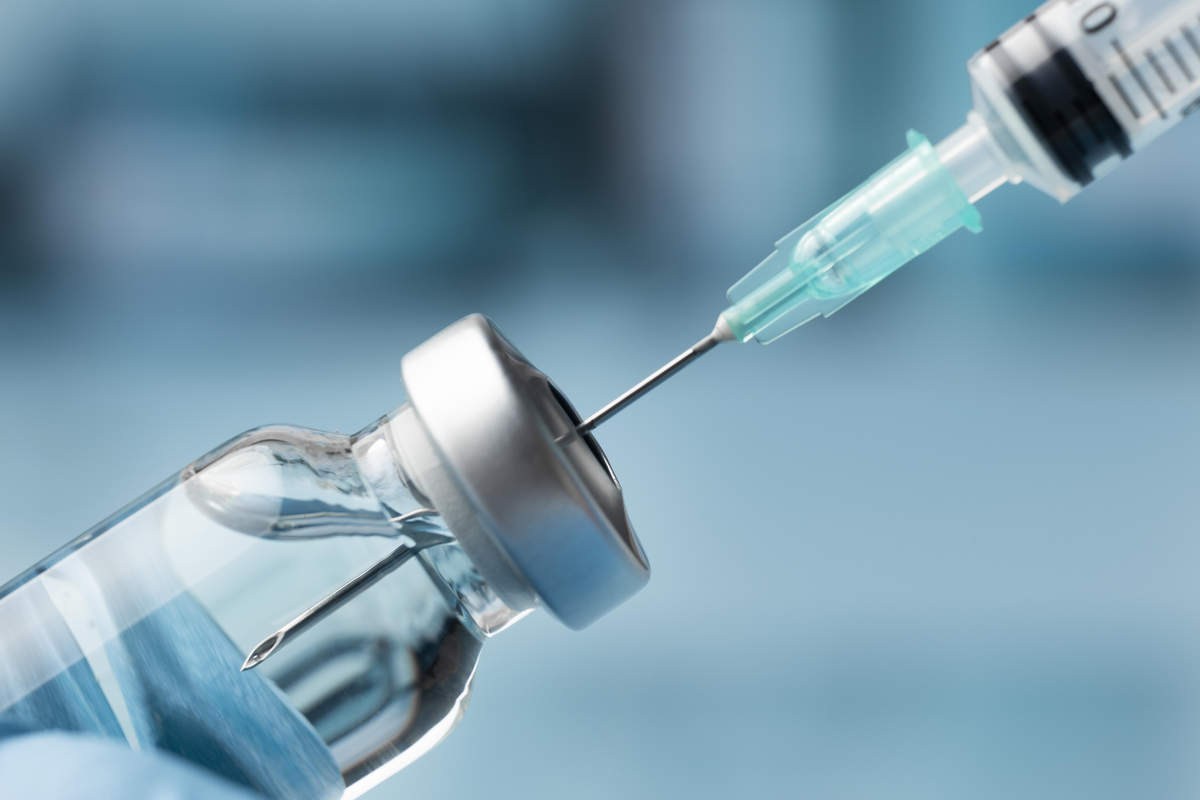Hélène BanounA pharmacist-biologist, former Inserm researcher, and participant in the Independent Scientific Council (ISC), Hélène Banoun has submitted an article in preprint “mRNA: vaccine or gene therapy? Safety issues related to regulation”. Interview.

Why and since when are injections of mRNA gene products that can interact with the human genome classified as vaccines?
Until 2008, according to the regulatory agencies, everything that was nucleic acid was classified as a gene therapy product (GTP) and subject to very strict regulations. Starting in 2009, the agencies decided that anything that was a nucleic acid designed to be a vaccine against infectious diseases was excluded from the more stringent gene therapy regulations.
Do we know why?
In 2009-2010 there was the H1N1 flu pandemic and in 2010, Dr. Anthony Fauci (Editor’s note: Director of the National Institute of Allergy and Infectious Diseases (NIAID), a research center of the U.S. Department of Health) sought a universal flu vaccine. In November 2010, there was talk of a DNA (not yet mRNA) vaccine. In 2011, CureVac and Sanofi, European companies, began a collaboration with DARPA (the U.S. military’s research agency) to develop mRNA vaccines. In 2013, DARPA awarded Moderna a multi-million dollar grant to develop messenger RNA therapies against infectious diseases. Regulatory agencies then downgraded these products, bringing them under vaccine regulations.
Why put products intended for the world’s healthy population (vaccines) under less scrutiny than the same products intended for the few people who suffer from genetic diseases?
There is no scientific or ethical explanation to exclude mRNA vaccines from the strict control to which GTPs are subjected (mRNAs intended to treat cancers or genetic diseases and totally identical to vaccines in their principle and formulation, are subject to GTP regulation.
Can you explain the differences between the regulatory protocol for the approval of vaccines and that of gene therapy products?
When mRNA vaccines were developed, there were no specific regulations for this type of product. Moreover, the manufacturers Pfizer and Moderna thought that they would be approved as gene therapies. The regulatory agencies (especially the European Medicines Agency – EMA) therefore added controls to the regulation of vaccines inspired by those required for GTPs (this can be guessed from the EMA reports). But some controls for GTPs were not required. These controls are in two areas: product quality and preclinical studies.
“All this has not been done.
Not all of this has been done.
Regarding product quality, the exact nucleotide sequence was not provided, nor was the interaction with the nanoparticle, nor was the search for and quantification of GTP-related impurities. Teams of independent researchers have found significant contamination by DNA (which serves as a matrix for the manufacture of mRNA), which is worrisome in terms of integration into the genome; these teams have also found the promoter of the SV40 oncogenic virus, which facilitates integration into the genome.
As for the preclinical studies (done on cells in culture and on animals), for a GTP, they should have looked for integration into the genome, transmission in the germ line. They should have looked for toxicity related to modified protein expression, reproductive toxicity, and bio-distribution of the vaccine, as injected (the lipid nanoparticle complete with the mRNA in question; however, they tested other mRNAs and only components of the nanoparticles). All of these controls are essential for gene therapy products.
“We know it’s wrong”
If mRNA vaccines had been treated like gene therapy products, they should have studied the persistence of the mRNA and its product (the spike), the duration of mRNA expression… All of this was not done. We were told, it is injected in the muscle, it stays two days in the muscle, after that it disappears. We know that this is not true (the mRNA and the vaccine spike are found everywhere in the body for several weeks). They should have studied the excretion in the environment, the passage from vaccinated to non-vaccinated, the excretion in the sperm… the transplacental passage and in the breast milk. If all this had been done, it would have taken ten years!
Turnkey plants
What is the purpose of your publication?
It is to make scientists, lawyers, politicians and citizens aware that there is a problem. It is now recognized by regulatory specialists. But I am not very optimistic. Because the big labs have decided to develop mRNA factories everywhere, especially in South Africa where they are creating turnkey factories for the whole African continent (factories financed by the EU). That’s why we have to deal with it now. How can we continue to market these products knowing that when a pregnant woman is vaccinated, the product can pass into the fetus, if the woman is breastfeeding, it passes into the breast milk, etc.?
How can we force politicians, elected officials and managers to be concerned about this issue?
It is also up to the jurists to react. It is through the justice system that this must also happen. We think that Covid is finished, but in reality, all the other messenger RNAs are arriving now, we continue to make gains of function on viruses. They’re preparing us for the next pandemics with viruses tweaked in the lab. It’s not over either for those who have adverse reactions to vaccines or long Covids.

